Best California Milkweed Varieties For Monarch Butterflies
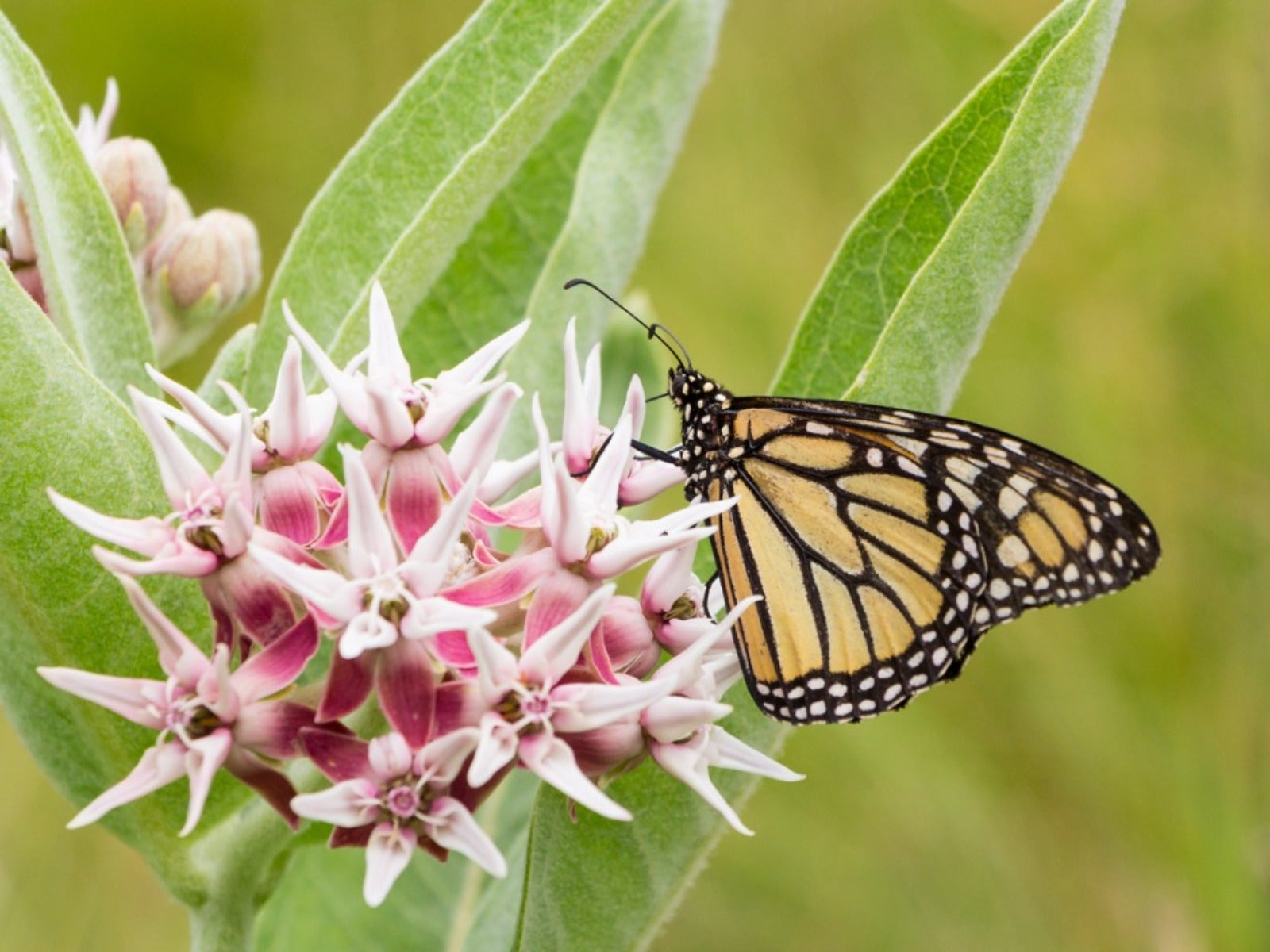

Milkweeds (Asclepias spp.) are well-known as the host plants for monarch butterfly caterpillars, playing a critical role in the butterfly’s life cycle. As milkweed populations are declining and the monarch is moving toward the endangered species, increasing numbers of gardeners are adding the plant to their cultivation list. In California, they can choose between 15 species of milkweed native to the state.
Milkweed and the Monarch
Milkweeds are drought-tolerant plants that occur in nearly all of the ecosystems in California. Although the 15 native species of milkweed in California are best known for the role they play in the life cycle of monarch butterflies, the showy flowers with their high quality nectar actually help support a wide range of pollinators, from honeybees to hummingbirds.
Milkweed gets its name from the sap, which is milky. It contains alkaloids, complex chemicals that help to preserve milkweed for pollinators, since it renders the plants inedible for most animals. These plants are so bitterly flavored and unpalatable that range animals will avoid eating them if anything else is available.
Native California Milkweed
Many of the native milkweed species in California are extremely difficult to find in garden stores, which makes it hard for gardeners to welcome them into the garden. Seeds from the most common species of native milkweed are easier to find commercially. These include heartleaf milkweed, desert milkweed, woollypod milkweed, showy milkweed, and narrowleaf milkweed.
Xerces Society is an invertebrate conservation group that concerns itself with milkweed cultivation. They have made recommendations regarding which native California milkweed to plant in your garden. Their first choice is narrowleaf milkweed, Asclepias fascicularis. This common species will do well in gardens across much of California and serves as a good milkweed for southern California.
Narrowleaf milkweed grows to some 3 feet (91 cm.) tall with pink and white flowers. It blooms for a long period, from May through October, offering enough nectar for adult monarchs and also other species of beneficial insects. Deadheading the plants by removing spent blooms will prolong this blooming season.
Milkweed for California
The other species of milkweed (California native) recommended by the Xerces Society is showy milkweed, Asclepias speciosa. These plants do make a statement, growing up to 4 or 5 feet (1-1.5 m.) tall with a bloom time similar to the narrowleaf milkweed. They tend to grow best in areas where tall trees grow (think redwoods), but will thrive anywhere in naturally moist garden soil.
Gardening tips, videos, info and more delivered right to your inbox!
Sign up for the Gardening Know How newsletter today and receive a free copy of our e-book "How to Grow Delicious Tomatoes".
Showy milkweed produces thick umbels of eye-catching pale pink flowers. The blooms are fuzzy and pink and offer a lovely fragrance. The plant spreads by underground rhizomes, forming an expanding clump. It can even spread aggressively in good soil.
The Xerces Society has done more than recommend these varieties. It has taken action to make seeds of both narrowleaf and showy milkweed available through retail nurseries. It also publishes the California milkweed guide that includes a list of nurseries offering the seeds.

Teo Spengler is a master gardener and a docent at the San Francisco Botanical Garden, where she hosts public tours. She has studied horticulture and written about nature, trees, plants, and gardening for more than two decades. Her extended family includes some 30 houseplants and hundreds of outdoor plants, including 250 trees, which are her main passion. Spengler currently splits her life between San Francisco and the French Basque Country, though she was raised in Alaska, giving her experience of gardening in a range of climates.
-
 Try The Trend – Turn Any Bed Into A Keyhole Garden With This Clever In-Ground Composter
Try The Trend – Turn Any Bed Into A Keyhole Garden With This Clever In-Ground ComposterKeyhole gardening is an efficient and sustainable practice that saves space. Get started on this DIY project quickly and easily with an in-ground composter.
By Bonnie L. Grant
-
 4 Superfast Composting Methods: Turn Waste Into Garden Gold In 30 Days Or Less
4 Superfast Composting Methods: Turn Waste Into Garden Gold In 30 Days Or LessTry the fastest composting methods to turbocharge your pile and transform kitchen scraps and garden waste into finished compost in just a few weeks.
By Mary Ellen Ellis
-
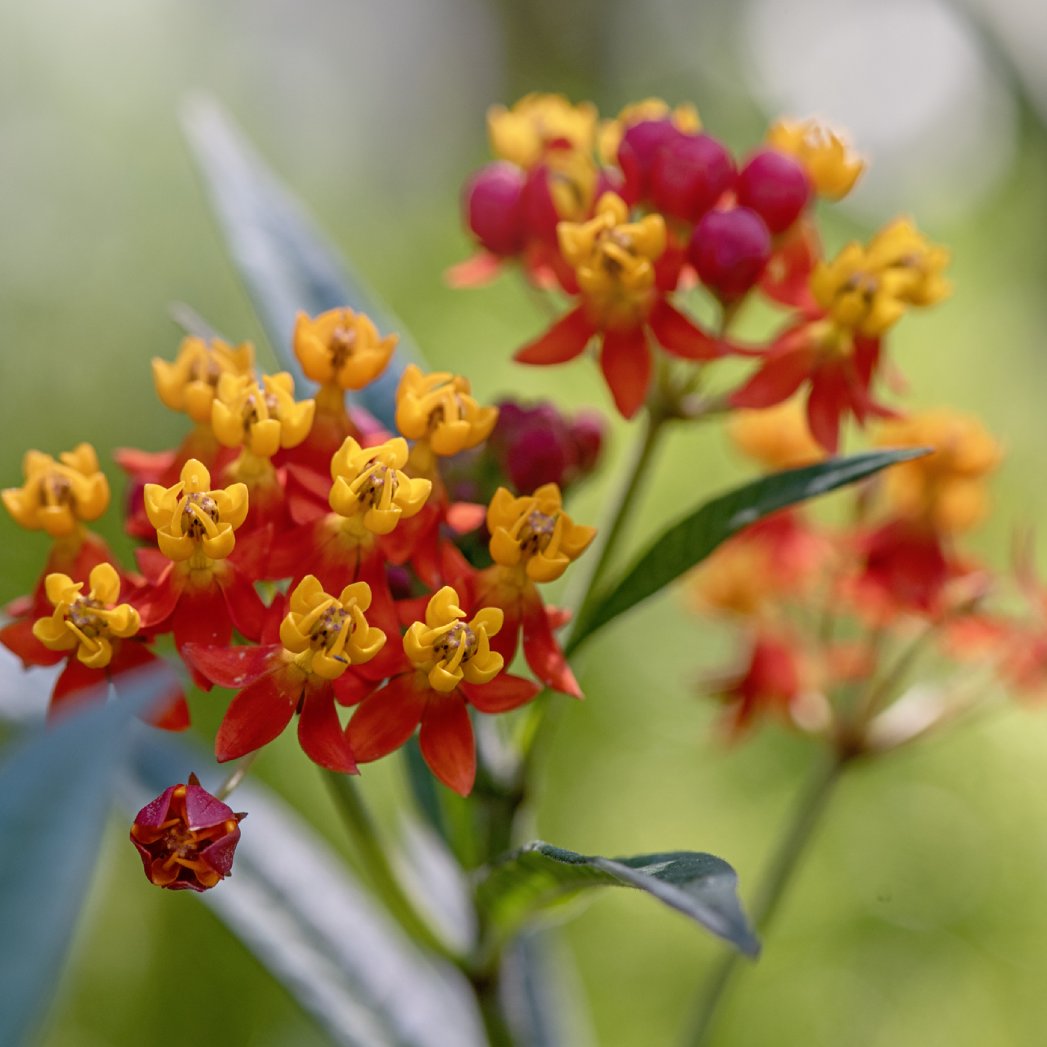 Is Tropical Milkweed Bad For Your Butterflies? What You Can Do
Is Tropical Milkweed Bad For Your Butterflies? What You Can DoTropical milkweed is a harmful plant that can trick both humans and monarch butterflies, and is contributing to declining monarch populations.
By Teo Spengler
-
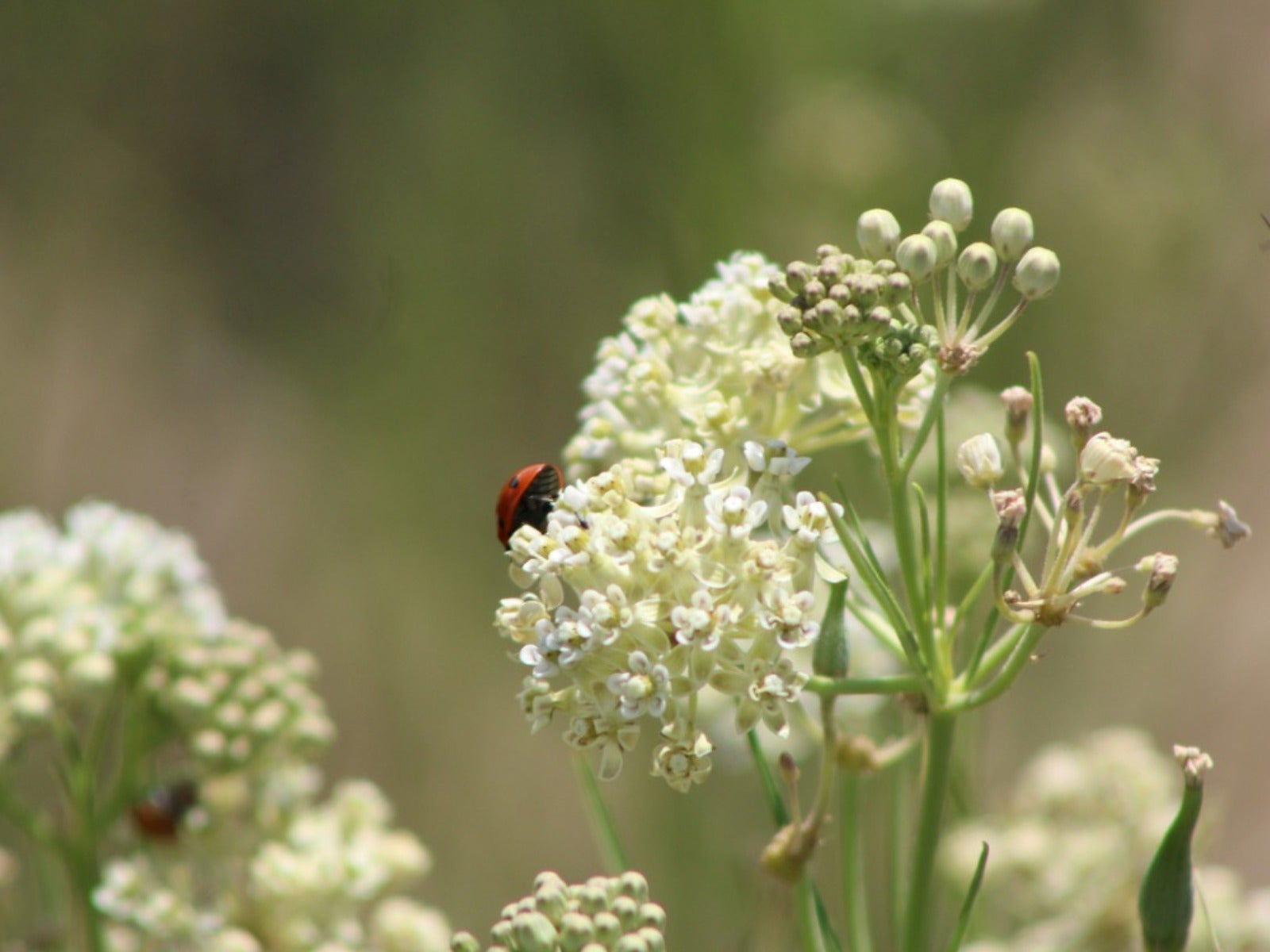 How To Grow Native Whorled Milkweed In The Garden
How To Grow Native Whorled Milkweed In The GardenWhorled milkweed is beloved by monarch butterflies, but it attracts other pollinators, too. Click to read more.
By Mary Ellen Ellis
-
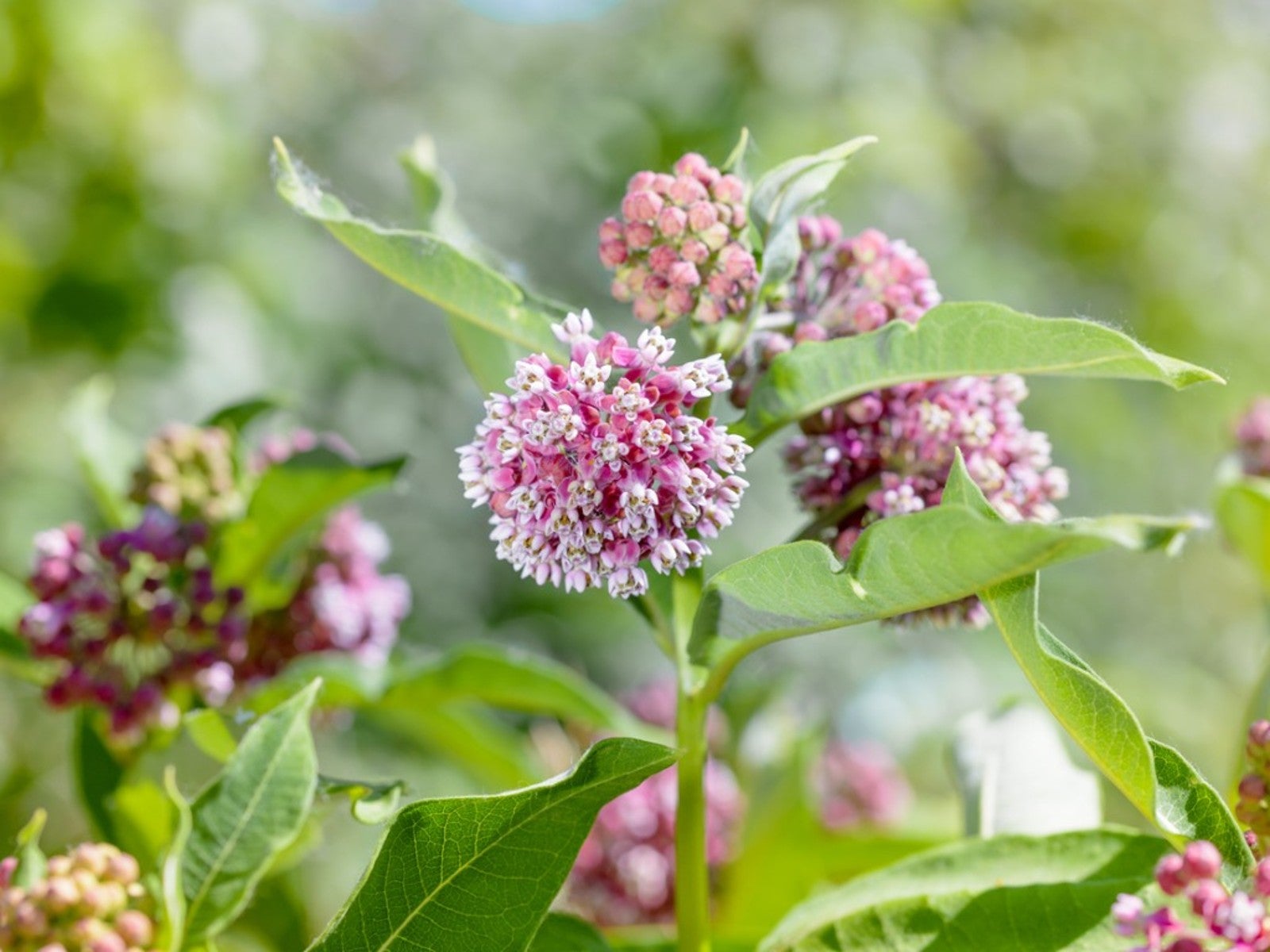 Is Milkweed Plant Poisonous To Pets, People And Livestock?
Is Milkweed Plant Poisonous To Pets, People And Livestock?Butterflies love and depend on milkweed, but the plant is toxic to other animlas. Learn about how to use it responsibly.
By Susan Albert
-
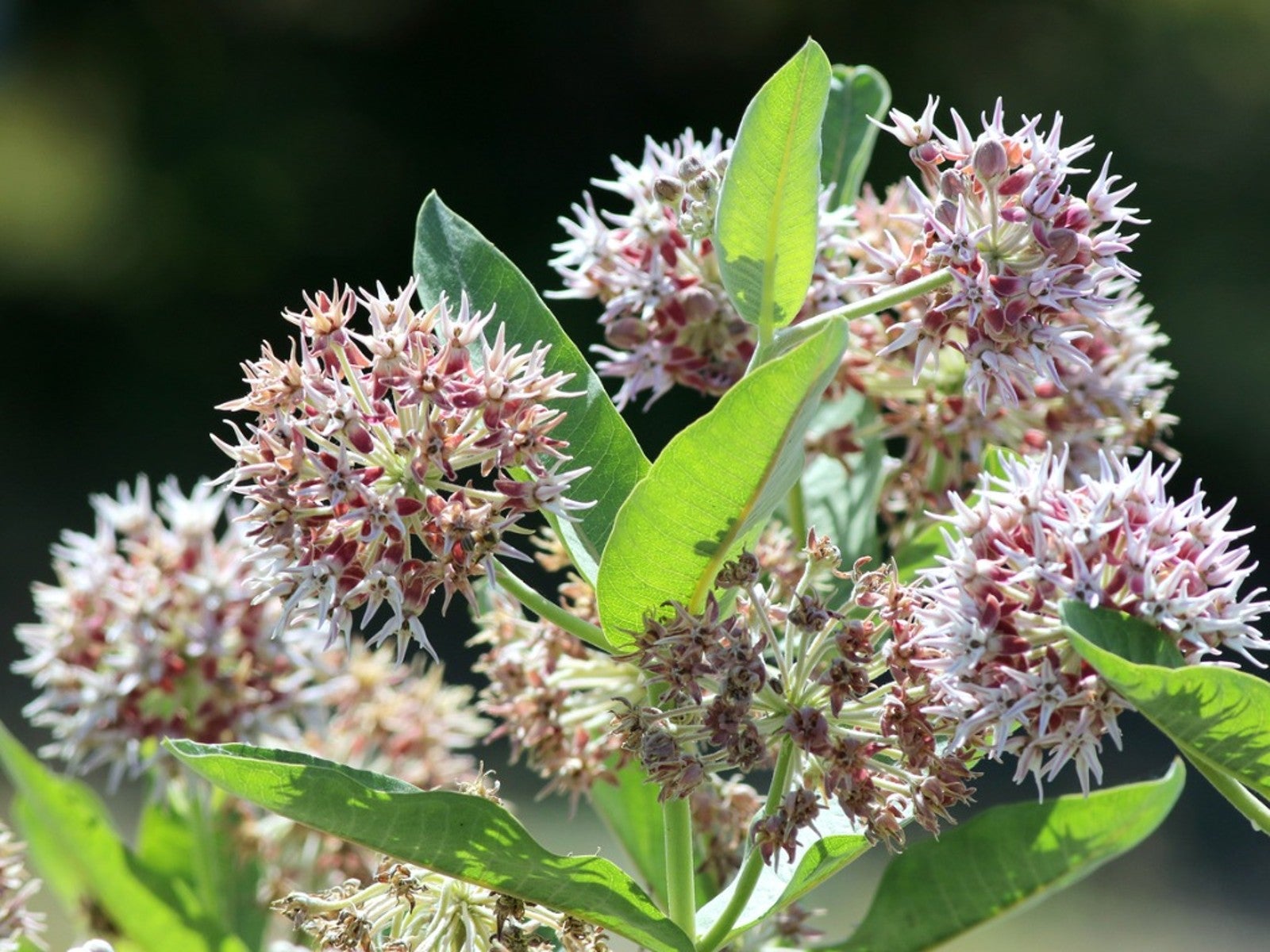 Growing Showy Milkweed From Seed Or Cuttings
Growing Showy Milkweed From Seed Or CuttingsMilkweed is a valuable addition to gardens as a magnet for butterflies and other pollinators. Plant it from seed or cuttings, but watch out for the sap.
By Tonya Barnett
-
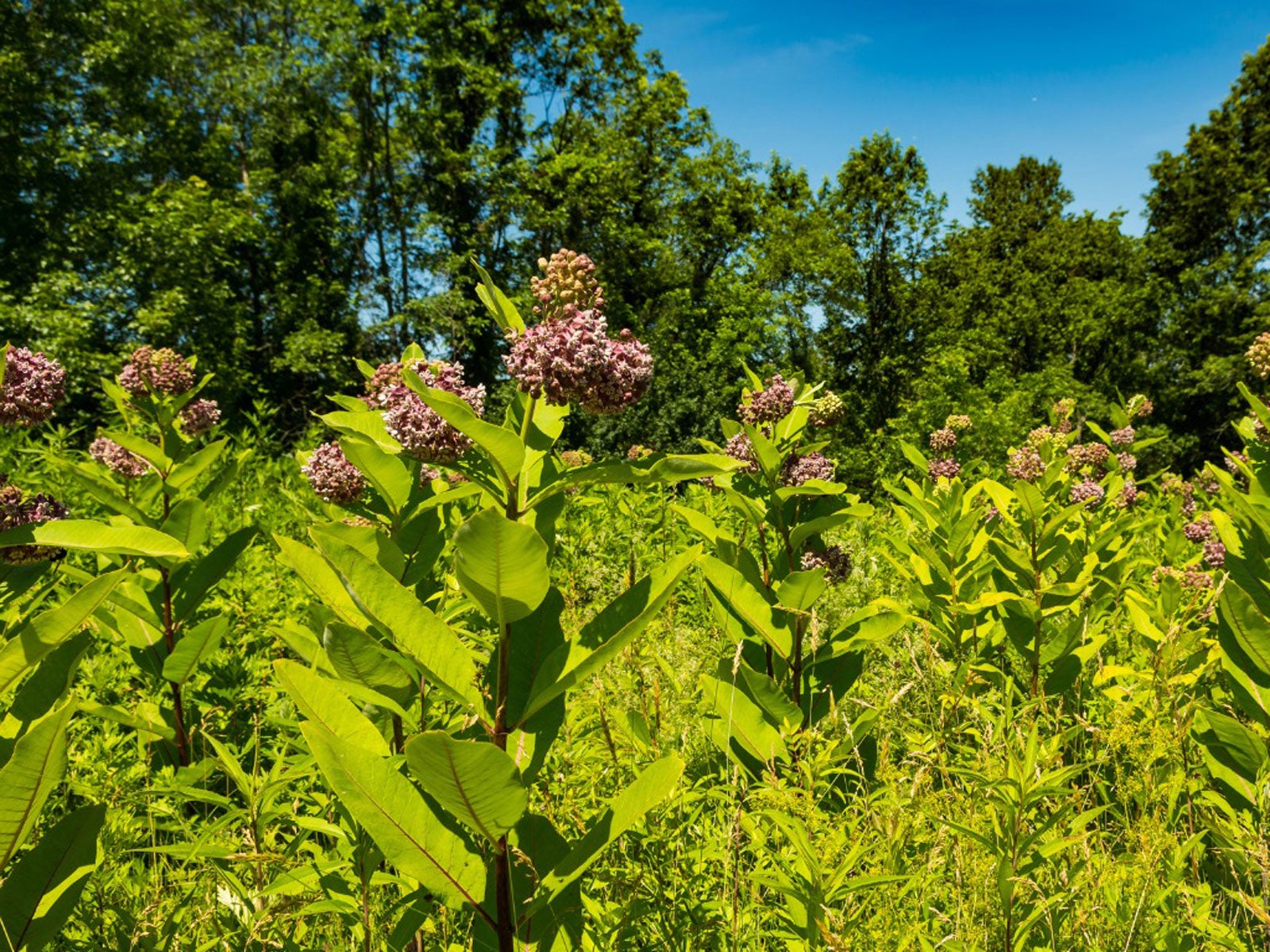 Milkweed Cutting Propagation: Learn About Rooting Milkweed Cuttings
Milkweed Cutting Propagation: Learn About Rooting Milkweed CuttingsYou may already grow milkweed if you have a butterfly garden. Starting milkweed from cuttings can increase the number of plants you have. For more information, click here.
By Laura Miller
-
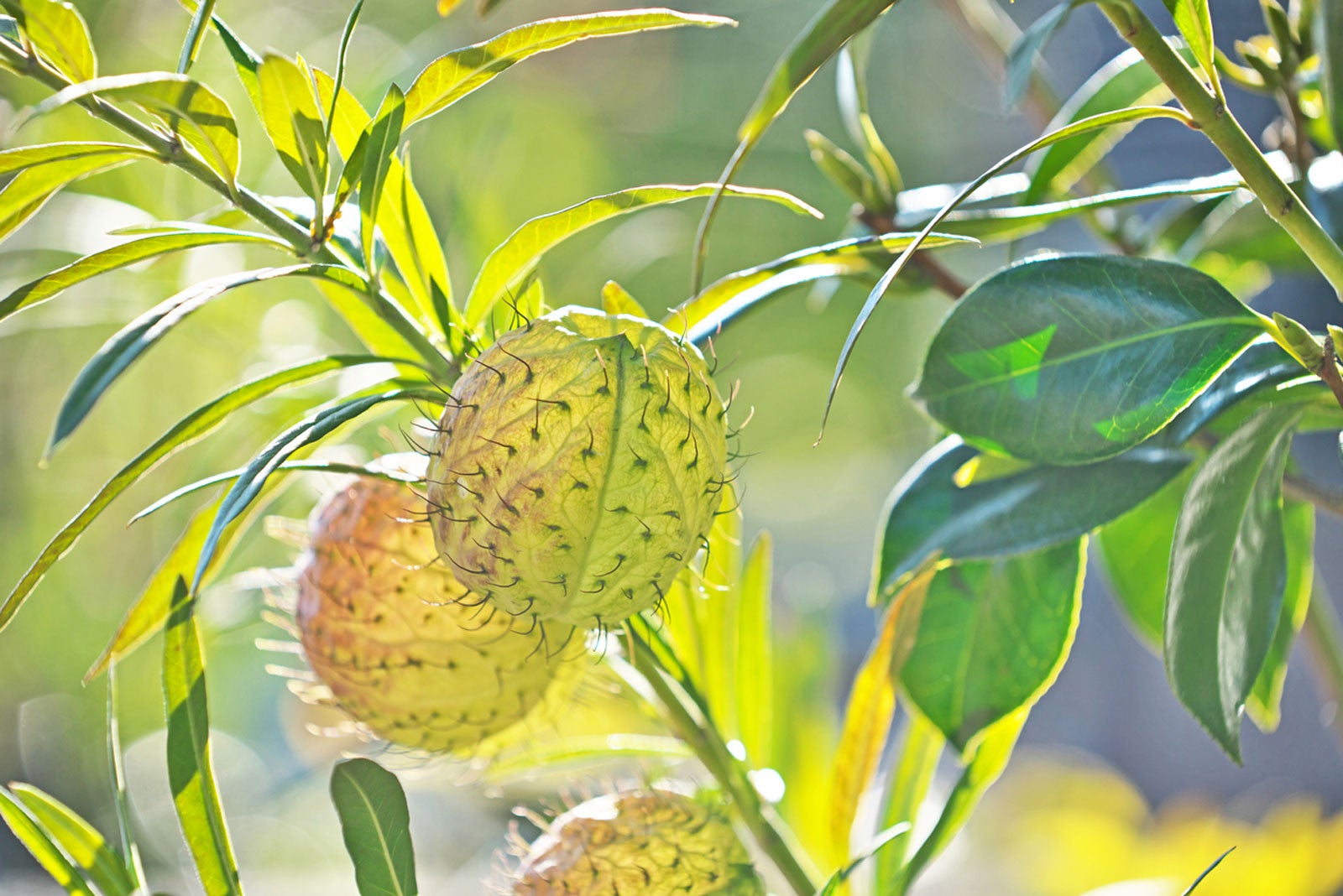 How To Grow Balloon Plants: Care Of Balloon Plants In The Garden
How To Grow Balloon Plants: Care Of Balloon Plants In The GardenLike all members of the milkweed family, the balloon plant is one of the best plants for attracting monarch butterflies. Learn more about adding the balloon plant milkweed species to your garden in this article. Click here for additional information.
By Mary H. Dyer
-
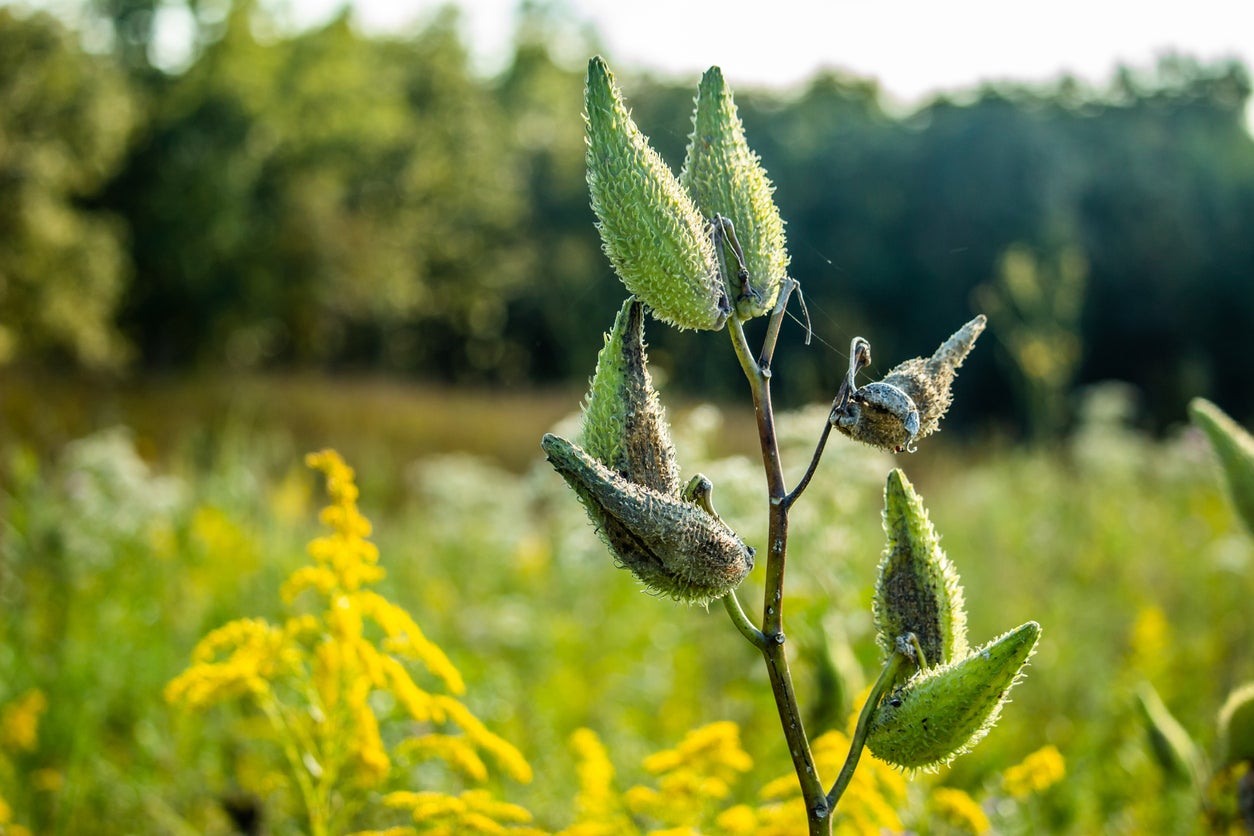 Milkweed Pruning Guide: Do I Deadhead Milkweed Plants
Milkweed Pruning Guide: Do I Deadhead Milkweed PlantsGrowing the plants will attract and feed these beautiful butterflies. But you may be asking, “should I prune milkweed.” Milkweed pruning isn’t really necessary, but deadheading milkweed can enhance appearance and encourage further flowering. Click here for more info.
By Bonnie L. Grant
-
 No Flowers On Milkweed – Reasons For Milkweed Not Blooming
No Flowers On Milkweed – Reasons For Milkweed Not BloomingThe sweet nectar of milkweed blooms attracts a wide variety of butterflies, bees, moths and hummingbirds. However, your dream of a garden filled with beautiful winged creatures can quickly become crushed if your milkweed won’t flower. Learn why this happens here.
By Darcy Larum